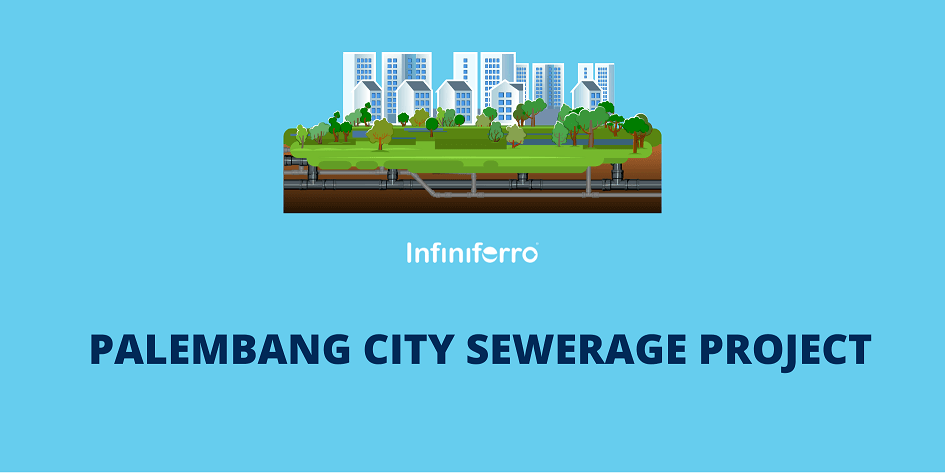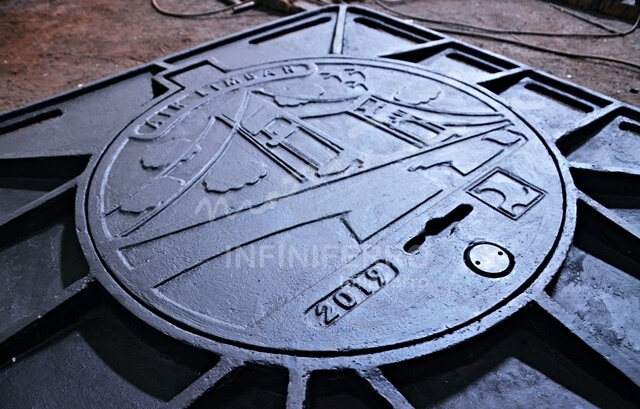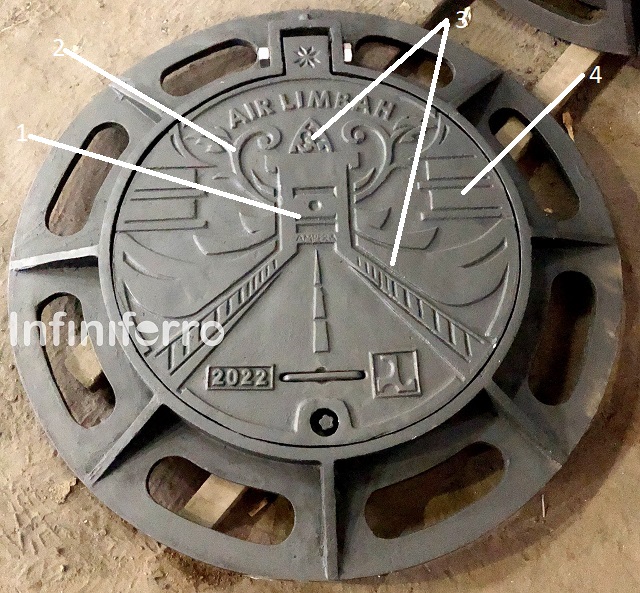
The sewerage project or Waste Water Treatment Plant (WWTP) development project is a solution to handle household waste sanitation in Palembang City, gradually improving environmental conditions and public health. The project is a pilot project for Indonesia’s wastewater network in collaboration with the Australian government.
A WWTP is a system for centrally treating domestic and industrial wastewater so that it is no longer polluting when discharged into the environment.
Domestic (household) waste, including waste from toilets, bathrooms, and kitchens, is processed at the Palembang City WWTP.
Water is a necessity of life that is used daily. As a result, WWTP is a solution for ensuring the availability of clean water.
The Palembang City WWTP network was constructed on a 5.8-hectare plot of land in Sei Selayur, Kalidoni District, Palembang City. The WWTP, with a total water capacity of more than 20,000 cubic feet per day, is expected to be completed and operational in early 2022.
The WWTP development project was funded by a $45 million Australian Government grant. The main distribution is funded by the state budget, while house connections are funded by the Palembang City Government and the Province of South Sumatra.
3 Manhole Cover Designs for Palembang City Sewerage Project / WWTP
Officers use access holes in the WWTPs when carrying out work or cleaning. The access hole is then closed off with cast iron manhole covers.
The Palembang City WWTP project employs a variety of manhole covers with various motif designs. All of the manhole covers used are designed with a typical Palembang motif. The design is shown below.
First Design

The Palembang City WWTP manhole cover for 2019 features an Ampera Bridge motif design from the side angle. Then, above the Ampera Bridge, there’s another cloud motif.
Second Design

The second design is being used in 2022. The manhole cover design motif above has the following meanings:
- Ampera Bridge, which is a landmark of Palembang City.
- Palembang Songket is one of the cultural works from South Sumatra which has been designated as an Intangible Cultural Heritage of Indonesia in 2013. There are two types of simple and strong motifs to describe the typical Palembang Songket pattern, with a neat repetition pattern.
- Musi River, one of the longest rivers in Indonesia, makes Palembang known as a maritime area. The visual of the two waves that form the letter M as the initials of Musi, means that the Musi River has a big role in the lives of the people of Palembang.
Third Design

This third manhole cover design is also being used in 2022. This motif design has the following meanings:
- Ampera Bridge is a landmark of Palembang City. Describe the history and struggle of the city of Palembang.
- The tendrils motif is a symbol of nature and the ecosystem. Describes the Palembang city planning system that is environmentally friendly and maintains the natural and local ecosystem in the city of Palembang.
- The traditional crown of Palembang City and the Palembang Songket (star) are symbols of culture, nobility, and glory. Describes the noble cultural values of the city of Palembang, which are still maintained and upheld.
- Kemaro Island Pagoda and Palembang Grand Mosque Tower are symbols of diversity. Describes religious pluralism and high tolerance in the city of Palembang. Also, to promote Kemaro Island tourism to the public.
That’s all about the Palembang City IPAL project and the various manhole cover designs used in the project. This project is very important for public health and environmental sustainability.
The manhole covers used are designed with the typical motifs of Palembang City to show the city’s identity.
ALSO READ:

Leave a Reply